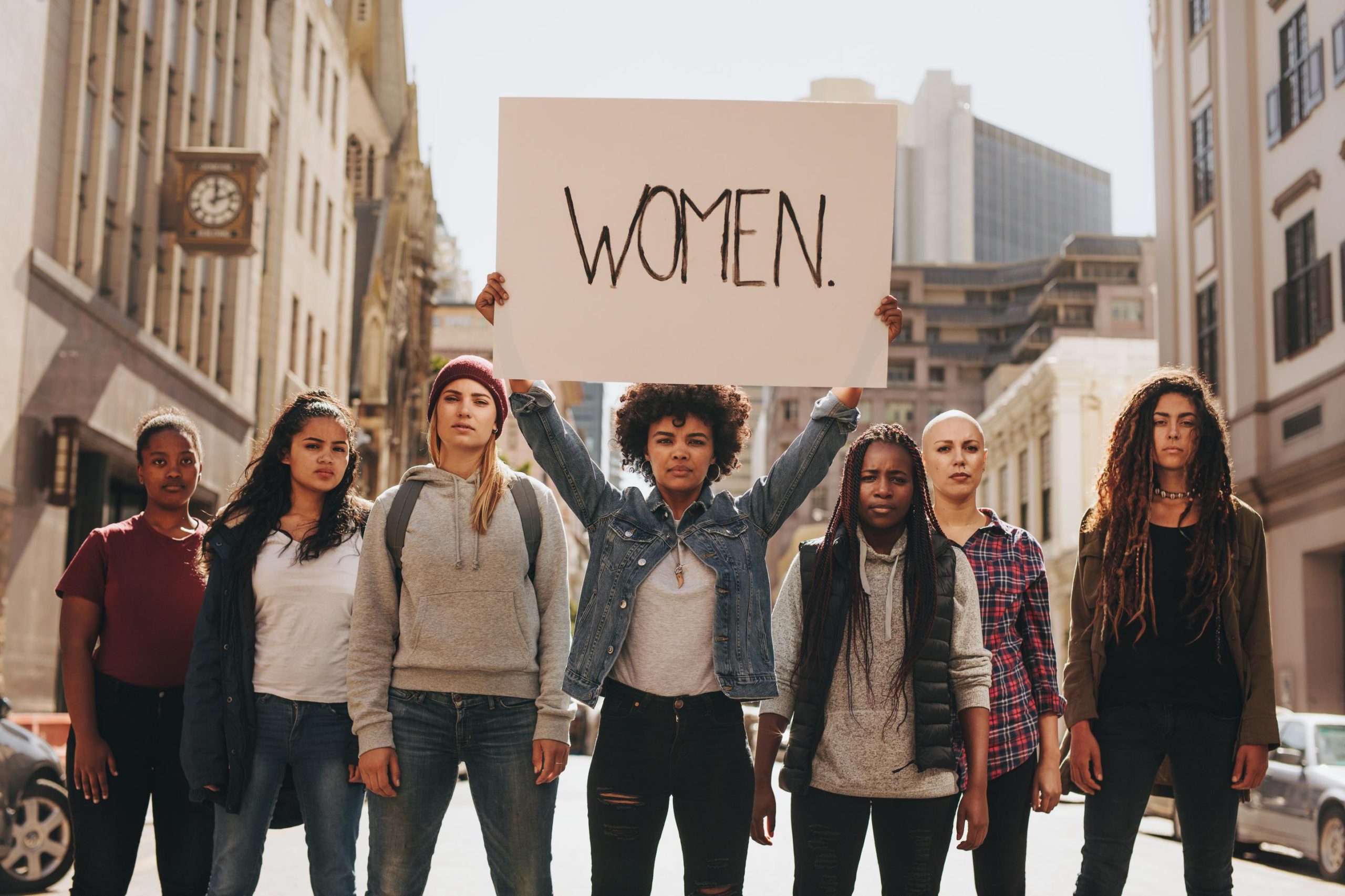
International Women’s Day: Challenges and the Vital Role of Woman
On March 8, the world celebrates women’s economic, political, social, and cultural achievements. Moreover, this day is also a rally cry against the oppression of women. Globally, people celebrate women’s achievements or march for equality.
We honor all women in all of their complexities. We accept them in all facets and intersections of faith, race, ethnicity, gender or sexual identity, and disability. We honor our predecessors, those who stand alongside us now, and those who will follow.
It’s a moment to honor women’s accomplishments, whether they’re social, political, economic, or cultural.
What is International Women’s Day?
According to the International Women’s Day website, International Women’s Day is marked annually on March 8 and honors women’s global “social, economic, cultural, and political achievements.” The day also encourages people to take action to achieve gender equality.
Every year on March 8, we celebrate International Women’s Day (IWD), which calls on us to:
- Recognize women’s accomplishments in all facets
- Increase awareness about women’s equality.
- Make sure that gender equity is promoted as soon as possible.
- Donate to charities that focus on women.
International Women’s Day: Its Origins
The day arose from the early 1900s women’s rights movement in industrializing countries.
Established by the Socialist Party of America in 1909, National Women’s Day celebrates women’s achievements. Until 1913, it was observed on the last Sunday of February. International Women’s Day was proposed and endorsed in 1910 at the second International Conference of Working Women, gathering women from activist and political organizations in Copenhagen.
In the 1960s, the women’s liberation movement led to the Voting Rights Act, granting women the right to vote. Fighting gender inequality and feminism experienced a renaissance when the internet became widely available. In honor of International Women’s Day, we strive to create a more equitable society.
Why is March 8 designated as International Women’s Day?
On March 8, 1917, Russia witnessed the most significant International Women’s Day protest. Thousands of Russian women marched through the streets of Petrograd, now known as St Petersburg, to demand an end to food shortages and World War I.
This International Women’s Day demonstration contributed to the beginnings of the Russian Revolution, which resulted in the czar’s overthrow. This holiday has been observed on March 8 since it occurred on February 23, 1917, according to the then-current Julian calendar (the equivalent of March 8 on the Gregorian calendar).
When was International Women’s Day was first observed on a global scale?
In 1975, the United Nations observed International Women’s Day for the first time. According to Women Watch, the UN General Assembly decided to celebrate Women’s Day for two reasons: the first is to recognize that securing peace and social progress, as well as the achievement of human rights and fundamental freedoms, depends on women’s participation equality, and development.
The second is to recognize women’s contributions to world peace and security.
In 2022, what will be the theme of International Women’s Day?
#BreakTheBias is the campaign theme for International Women’s Day 2022. Bias, whether intentional or unintentional, makes it difficult for women to advance. Knowing there is bias isn’t enough. To level the playing field, action is required.
Bias can make it harder for women to advance in their careers or receive adequate healthcare. According to Jessica Nordell, author of The End of Bias, discusses everyday instances of gender bias – such as women receiving less credit in mixed workgroups – aggregate, resulting in the so-called glass ceiling, which sees considerably fewer women globally c-suites. This year’s International Women’s Day encourages people to “actively call out gender bias, discrimination, and stereotyping wherever they see it.”
What is the global status of gender inequality?
The COVID-19 pandemic has slowed progress toward gender equality. The World Economic Forum’s Global Gender Gap Index assesses 156 countries on four key dimensions (economic participation and opportunity, educational attainment, health and survival, and political empowerment). It tracks progress toward closing gender gaps over time.
According to the latest Global Gender Difference Report, the global average distance to parity increased in 2021, taking 135.6 years to close the gender gap, up from 99.5 years in 2020. Political Empowerment remained the greatest of the four disparities studied, with only 22% filled – and having worsened by 2.4 percentage points since 2020.

Why is International Women’s Day significant?
International Women’s Day is a chance for us to all come together to make strides towards the empowerment of women. Additionally, it’ s chance to recognize and make changes towards gender equality. It is a day to celebrate women’s outstanding acts and join forces to improve gender equality worldwide, said Cultured Focus Magazine founder Taylor Re Lynn.
People understand that International Women’s Day isn’t tied to any particular country, group, or organization. This day is dedicated to all women worldwide. It is critical that we recognize, celebrate, and raise awareness of women’s achievements.
Gender bias and discrimination need to be addressed through meaningful narratives, resources, and activities to address gender bias and discrimination.
By now, it may appear that we have come a long way. Yes, some progress has been achieved, but a recent survey of 145 countries revealed that there is still a gender disparity. Iceland has made the most progress in achieving economic participation and opportunity, educational attainment, health and survival, and political empowerment. Women in some countries are only considered half a court witnesses. They are also barred from leaving the house without their husband’s permission. A standard of gender equality for all countries is the goal of the International Women’s Forum. Increasing awareness of the condition of women around the world helps to uplift all women, as we know.
What colors are associated with International Women’s Day?
Purple, green, and white are the colors of International Women’s Day. Purple represents justice and decency. The color green symbolizes hope. The color white signifies purity, a debatable concept. The colors were created in 1908 by the Women’s Social and Political Union (WSPU) in the United Kingdom.
Conclusion
Women play a vital role in society. They are powerful, strong, and unbeatable. Women have improved the world by their strength, dedication, and faith, whether as housewives, teachers, engineers, or in other positions. They recognize and celebrate women’s social, economic, cultural, and political achievements worldwide. International Women’s Day is a celebration that celebrates and advocates for women’s rights. This day acts as a call to action to accelerate gender parity.





